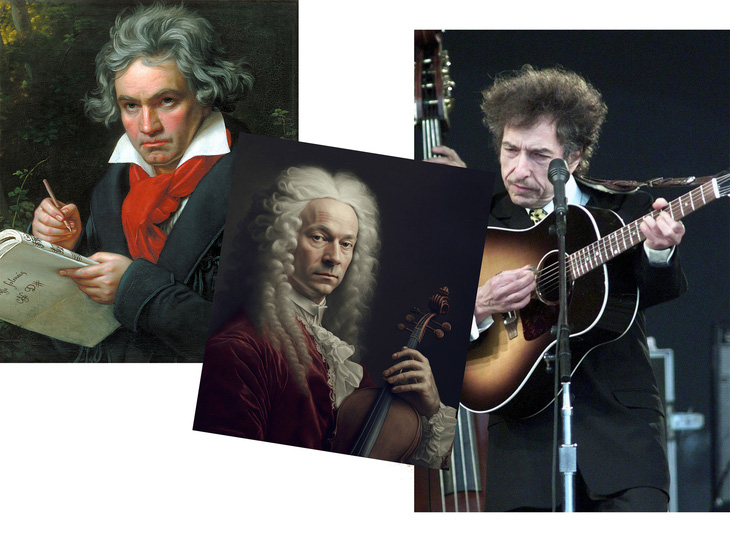
From left: Beethoven, Vivaldi and Bob Dylan
The movement is divided into three parts, corresponding to the three sonnets, from the allegro non molto (lively) part which evokes a peaceful atmosphere but already echoes the anxiety and trembling of the herdsman, to the adagio e piano (slow) part which is the calm before the storm and ends in the presto (very fast) part when the storm comes to the countryside with screaming thunder and lightning.
The violin's sound was as fierce as a thousand gusts of wind and rain, sweeping away everything in its path.
The sudden change in volume awakens in us a sense of panic at the overwhelming fury of the storm. We listen to the presto part, awestruck by the unparalleled destruction of nature.
Loving the countryside, throughout his life Beethoven often retreated to the countryside. But the countryside was not all about poetry and leisure.
Listening to the German composer's Pastoral Symphony or Symphony No. 6, he initially leads us into a peaceful world with the sound of streams, birdsong, and such sweet, bright sounds.
But only the first three movements! By the fourth movement, Gewitter, Sturm (The Storm), a storm suddenly arises, suddenly and without warning. The timpani imitate the rumble of thunder, the violin runs like a torrential downpour.
But it's not just classical composers who have sought to channel rainstorms into their work. Bob Dylan's classic A Hard Rain's a-Gonna Fall is often said to be a metaphor for radioactive fallout.
Bob Dylan - A Hard Rain's A-Gonna Fall (Official Audio)
Yet the musician refused to interpret it. He said the song was only about a very heavy rain. And the lyrics were as long as 66 lines, each line was long, seemingly contributing to the sound of a rain that seemed never to end.
That pouring rain changed the face of the world and in the rain appeared all the sufferings of the world: the child next to the dead horse, the burned young girl, the forgotten souls, the poets who died in the gutter, the clown sobbing in the valley, the small branches covered in dark blood, the children holding swords...
The metaphors open up endlessly, inviting countless interpretations to this day, making the song itself like a rainstorm across the century.
Yet, in the midst of all that dark poetic atmosphere, near the end there is still an image full of hope: the lyrical character meets a young girl and is given a rainbow by her.
The storm is never the end. We listen to Beethoven's Pastoral Symphony, the stormy movement passes, the final movement is the song of a shepherd full of joy and gratitude when the rain stops, the clouds clear, and the sky brightens again.
However, the joy here is not like the light-hearted joy of the first chapters.
In chapter 5, joy is not a joy that comes naturally but a joy after loss, a deeper, more humble joy when we have fully understood the ups and downs of life.
Likewise, does Vivaldi's Four Seasons end with a summer storm? Summer passes and autumn comes.
The storm clears, and the music opens up to a festive atmosphere celebrating the harvest season of farmers dancing, drinking wine, and then, exhausted, returning home to sleep in the Autumn movement allegro.
Just like that, nature is an endless cycle, with the rotation of life - death, destruction - rebirth. So that what is lost will find a way to return, even if it may be in a different form.
Such an unstoppable force, storms have been the subject of many musical masterpieces for hundreds of years.
Perhaps because great phenomena can only be expressed with great music.
Source: https://tuoitre.vn/con-bao-cua-vivaldi-20240915090717175.htm










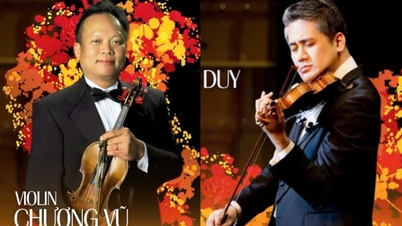

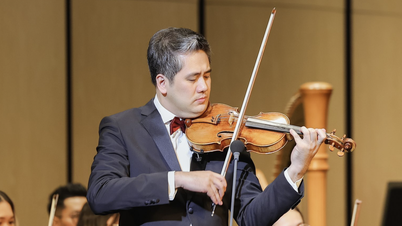




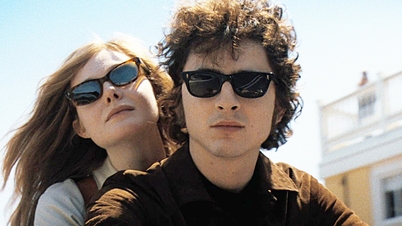

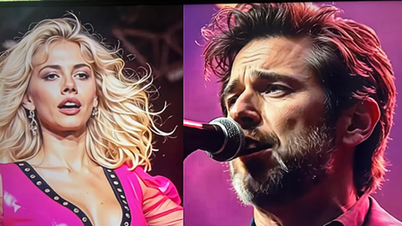
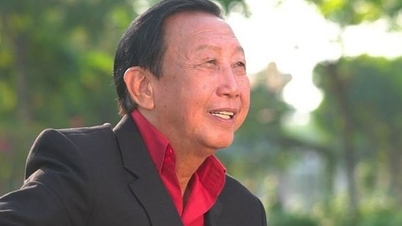


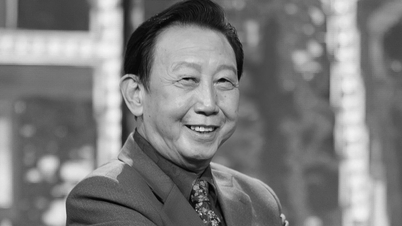
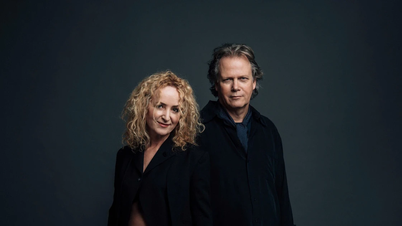










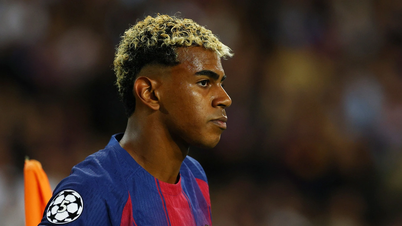































































Comment (0)